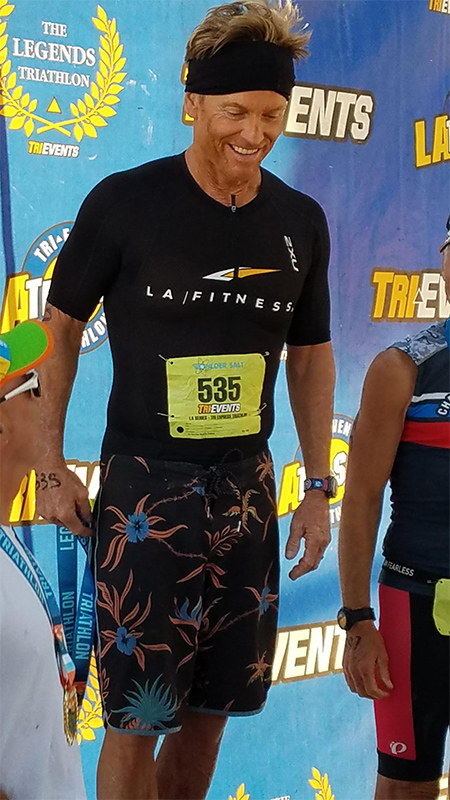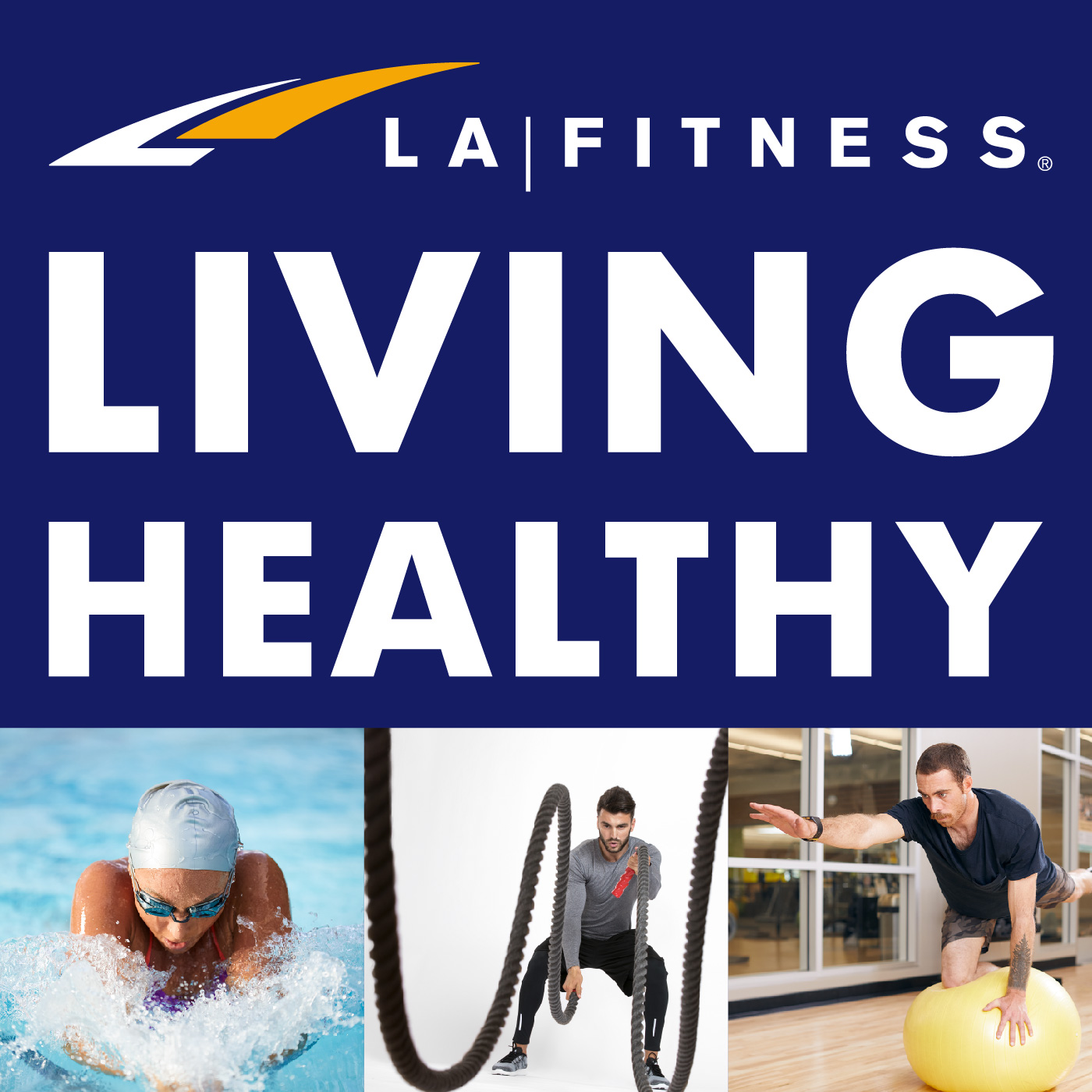Preparing for Competition Day
All year long, Ruby keeps a base in terms of physical activity. “I put in 5 to 6-mile bike rides to train and do a lot of off-road bike rides,” he says. “While I’m out there, I look for wildlife, and enjoy it too. I enjoy the work. I strength train 3 to 4 times a week at the gym and swim,” he explains. Essentially, he strengthens the swimming, running, and cycling muscles so that they are conditioned for the type of work they need to do in competition.
His mental preparation looks a little different. There’s really no preparation beforehand because “running is a form of meditation” in and of itself, he says; “you get into a zone.” Perhaps the only thing he does differently, is the way he focuses his mental state before competition. He recognizes that “I’m out there to do the best I can for that day. A win isn’t a guarantee, anything can happen” (like a mechanical issue, an injury, etc.). He acknowledges the lack of control over certain environmental, mechanical, and chance-based circumstances and can simply focus on giving the best he has to offer.
It’s also important not to overdo your preparation before a big race, he notes. “You’re better off going into a race 10% undertrained than 1% over trained,” Ruby says, and we completely agree.



























